There's no denying the importance of wearing the right shoes when participating in sports activities. However, according to Women's Health, going barefoot while exercising can be beneficial.
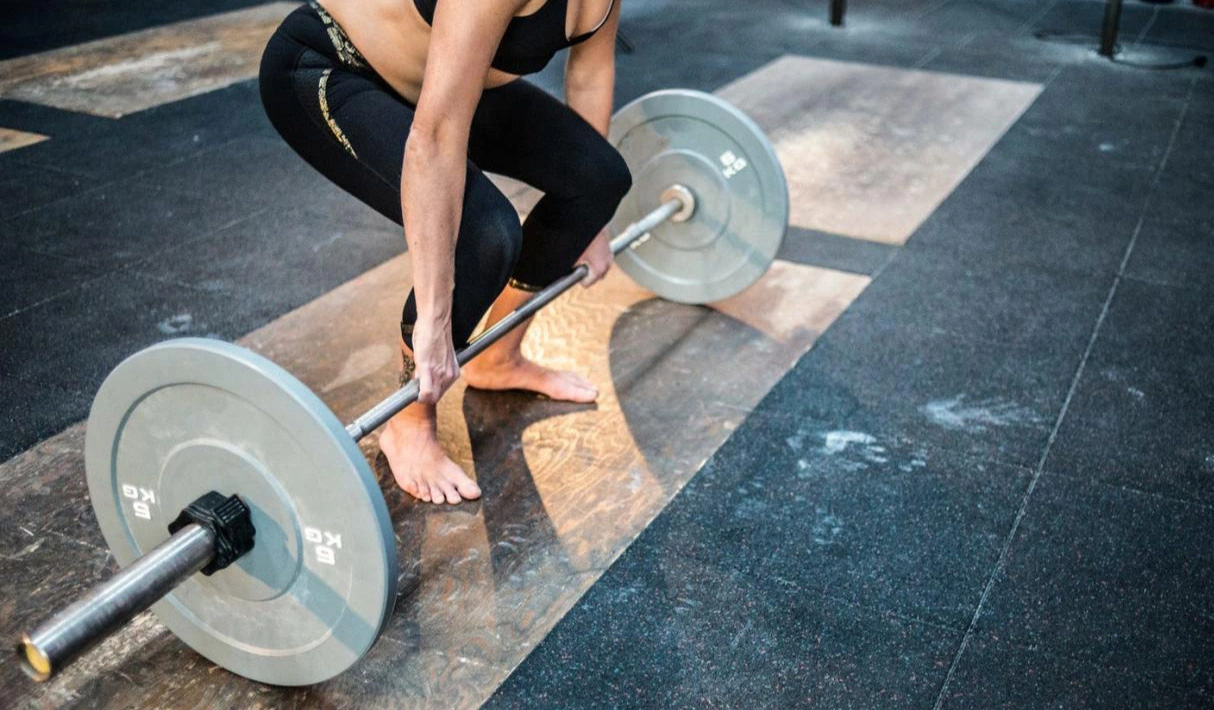
The reason for exercising barefoot is to help you activate and strengthen the muscles in your feet better than when wearing shoes - Photo: ilbusca
Some fitness experts suggest it's time to ditch your sneakers, at least when it comes to weight training. The reason for exercising barefoot is that it helps you activate and strengthen your foot muscles better than when wearing shoes.
This can improve overall performance in functional movements. However, start slowly to gradually challenge your leg muscles and avoid injury.
Why should you exercise barefoot?
Exercising barefoot is especially helpful when lifting heavy weights, according to personal trainer and yoga teacher Emily Lawrence.
“Without the barrier of shoes, especially shoes with soft cushioning, I find that my body is more stable and has better power. This not only helps me move better in my exercises but also in my daily life,” Lawrence shared.
As the name suggests, barefoot training is the practice of exercising without shoes, or using shoes designed with minimal cushioning to simulate the feeling of bare feet.
Ditching your shoes helps your feet connect better and grip the ground, forcing your body to learn stability, says Lawrence.
“This not only strengthens the muscles in the feet, but also activates the connective tissue—the complex network that surrounds and supports every organ, muscle, bone, nerve, and blood vessel in the body—by improving foot mobility and stability, as well as increasing overall body awareness,” says Jessa Zinn, a connective tissue specialist and therapist in New York.
The secret behind barefoot training is that most shoes neglect the small muscles in your feet and ankles, explains Gregory Alvarez, MD, a podiatrist at Ankle and Foot Centers of America.
When you wear shoes, your feet—especially your big toes—don't really grip anything. "The big toe is like the rudder of the ship—your body—and it helps you move forward, stabilize, and move from side to side better," says Lawrence. "With shoes on, the feedback from the big toe is greatly reduced."
Without the cushioning and support of shoes, these muscles have to work harder to stabilize the body, promoting muscle engagement and growth, according to Alvarez. "This strengthens the intrinsic muscles that support the arch of the foot, which improves foot function and the efficiency of your movements," he says.
Additionally, working out barefoot also allows for a greater range of motion in the foot and ankle joints, leading to increased flexibility. This is especially helpful for women looking to increase mobility in their daily lives or when exercising, says Alvarez.
Not only that, the increased sensory awareness from barefoot training can also reduce the risk of falling or tripping, Lawrence added. In addition, barefoot training can help reduce the risk of injury, improve posture, and relieve back pain.
When should you exercise barefoot?
Before you get started, it’s important to figure out which types of exercise are best suited for barefoot workouts. Yoga, Pilates, bodyweight exercises, balance training, and most basic strength training exercises are ideal for shoeless workouts, says Lawrence.
Conversely, barefoot training is not suitable for high-impact activities such as running, jumping, plyometric training or Olympic weightlifting, as cushioned shoes are essential for these activities.
Before any barefoot workout, it’s a good idea to warm up your feet by rolling a ball under your feet, Zinn says. Most people’s feet aren’t used to a lot of stimulation because we’re usually in shoes, so this step is important to soften and warm up the connective tissue before moving on to more intense movements.
Stretching your feet and ankles before and after your workout also helps prevent muscle strain and soreness when you work your leg muscles without shoes, according to Alvarez.
Once your feet are ready, start slowly with barefoot workouts. “Start with exercises like balance, yoga, or Pilates to get your feet and connective tissues used to the change, and start on soft surfaces like carpet, sand, or grass,” says Zinn.
It is important to practice slowly and focus on controlled movements. Start with small steps and get used to walking barefoot before moving on to more strenuous and intense exercises.
Source: https://tuoitre.vn/tap-the-duc-chan-tran-co-tot-khong-20241108174926976.htm


![[Photo] April Festival in Can Tho City](https://vstatic.vietnam.vn/vietnam/resource/IMAGE/2025/4/10/bf5ae82870e648fabfbcc93a25b481ea)


![[Photo] Unique folk games at Chuong Village Festival](https://vstatic.vietnam.vn/vietnam/resource/IMAGE/2025/4/10/cff805a06fdd443b9474c017f98075a4)

![[Photo] Opening of the 11th Conference of the 13th Party Central Committee](https://vstatic.vietnam.vn/vietnam/resource/IMAGE/2025/4/10/f9e717b67de343d7b687cb419c0829a2)







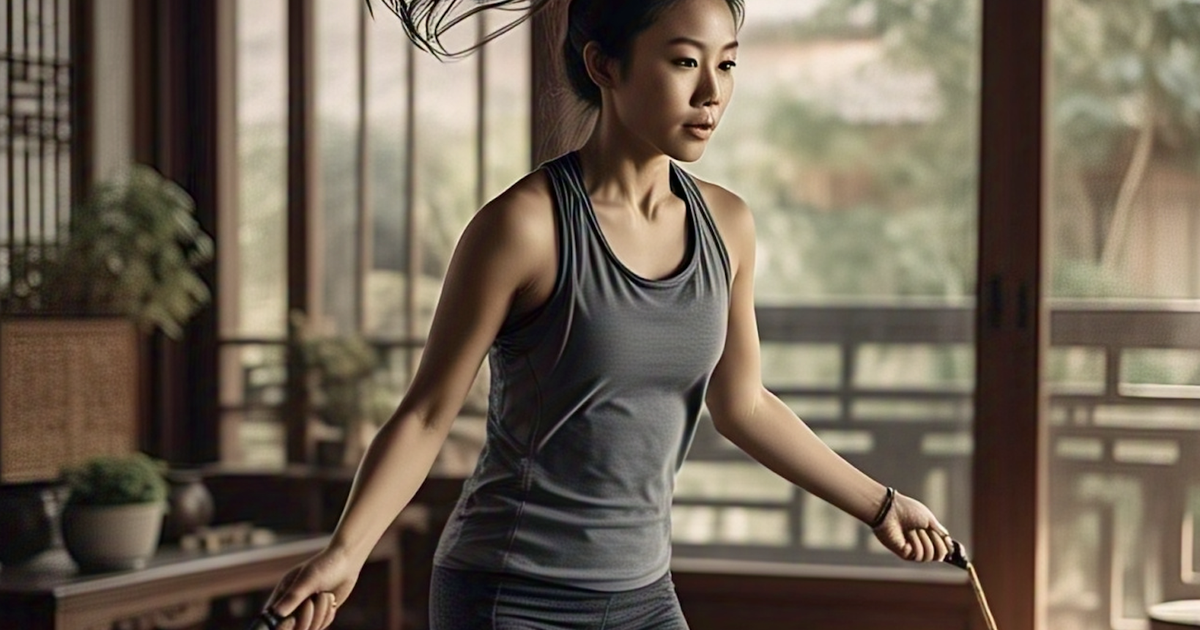












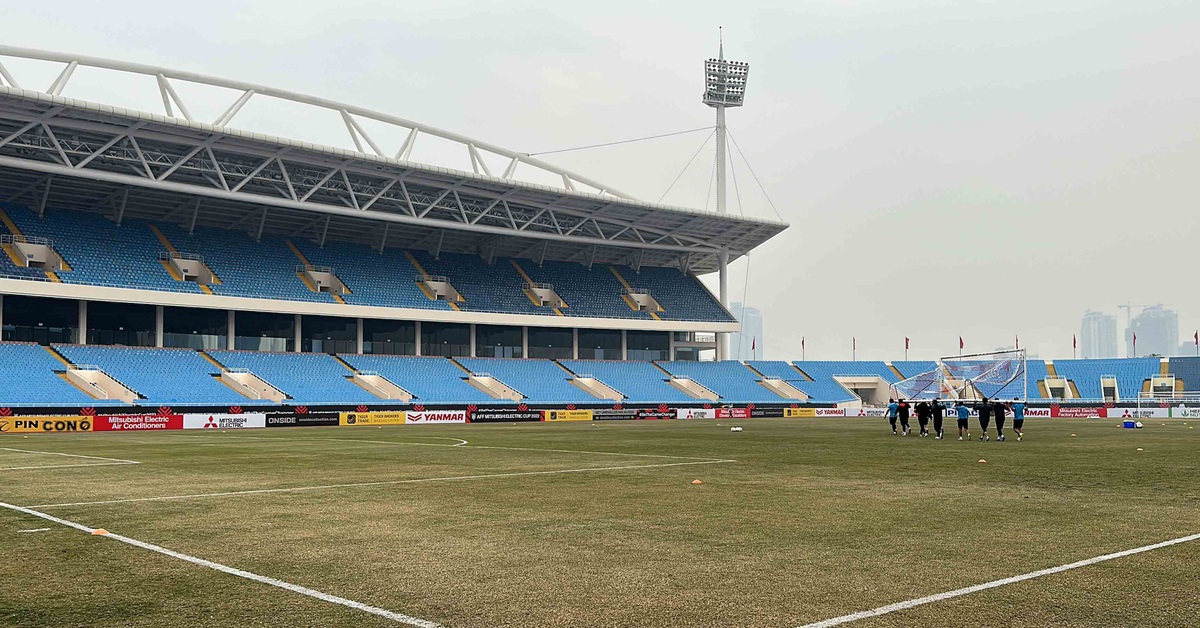

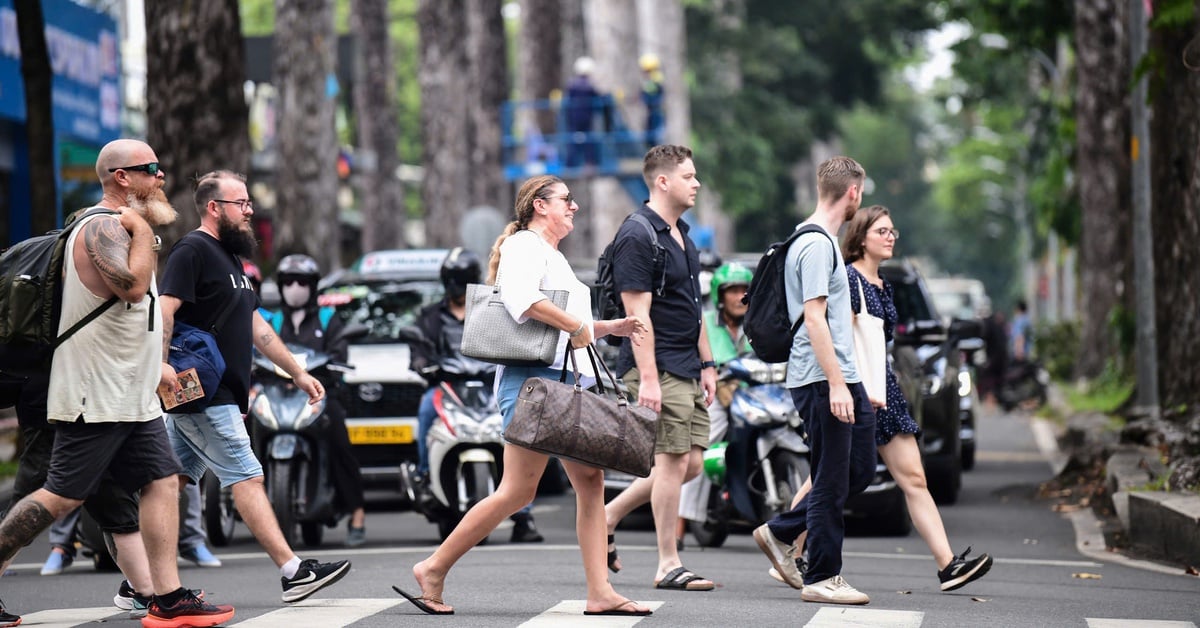
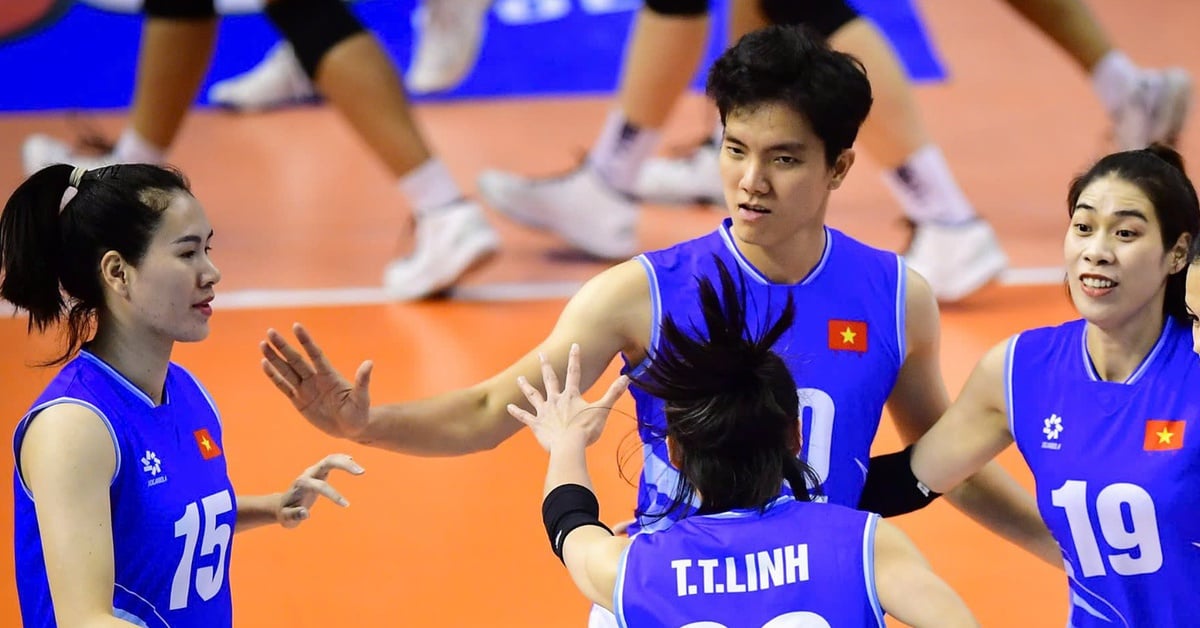









































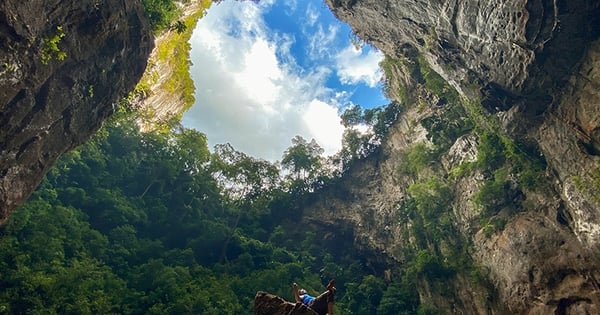




![[Infographic] Diverse activities of the 4th Dong Thap Province Book and Reading Culture Day in 2025](https://vstatic.vietnam.vn/vietnam/resource/IMAGE/2025/4/10/a5f00b7d966a475d891f3c3e528c9a66)

















Comment (0)